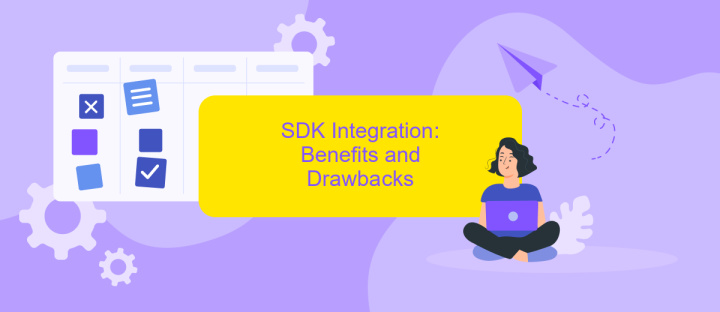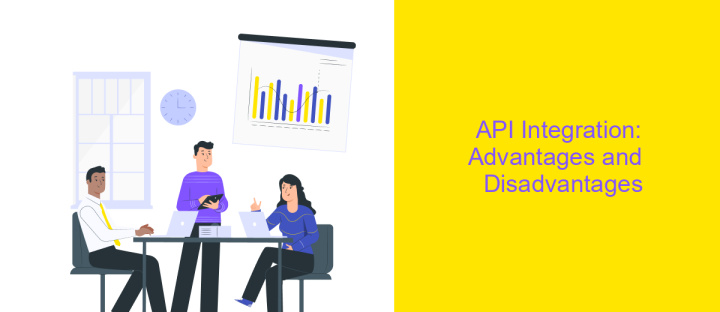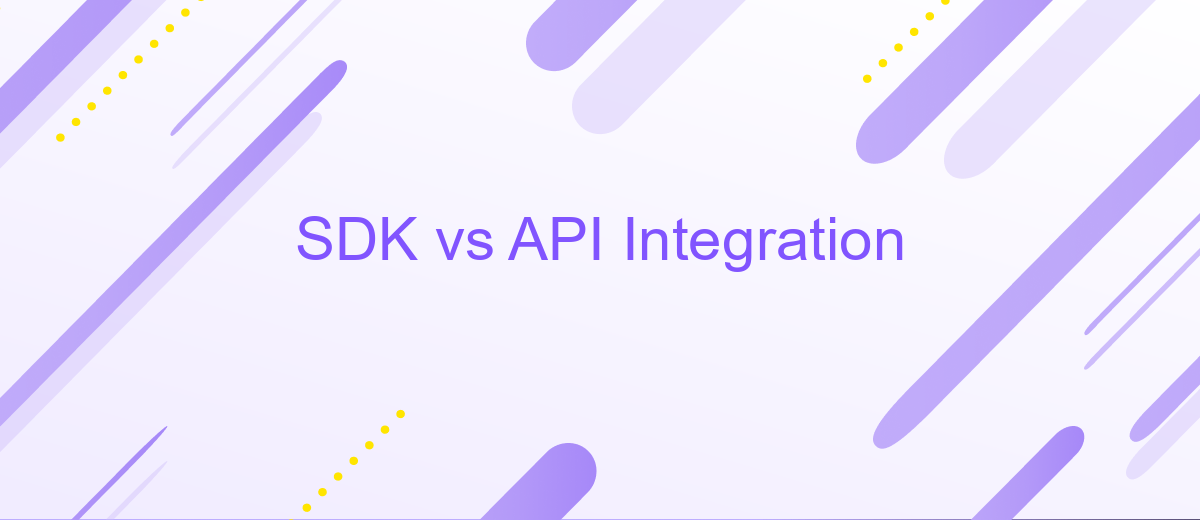SDK vs API Integration
In the rapidly evolving landscape of software development, choosing the right tools for integration is crucial for success. Two popular options are Software Development Kits (SDKs) and Application Programming Interfaces (APIs). Each offers unique advantages and challenges, making the decision between them pivotal for developers. This article explores the key differences, benefits, and considerations when deciding between SDK and API integration for your project.
Understanding the Basics: SDK vs. API
When developing software, understanding the difference between SDKs (Software Development Kits) and APIs (Application Programming Interfaces) is crucial. Both are essential tools for developers, but they serve distinct purposes. An SDK is a comprehensive collection of tools, libraries, and documentation that allows developers to create applications for specific platforms or frameworks. It often includes APIs, compilers, debuggers, and other utilities that streamline the development process.
- SDK: Provides a complete environment for software development.
- API: Offers a set of rules and protocols for interacting with software components.
- Integration: SDKs often include APIs, but APIs can exist independently.
APIs, on the other hand, are interfaces that allow different software applications to communicate with each other. They define the methods and data structures that developers can use to interact with external software components. While SDKs provide a full suite of development tools, APIs offer specific functionalities that can be integrated into applications. Understanding these differences helps developers choose the right tool for their project needs, ensuring efficient and effective software development.
Choosing the Right Approach: Factors to Consider

When deciding between SDK and API integration, several factors should be considered to determine the most suitable approach for your project. Firstly, assess the complexity of your application. SDKs often provide a more comprehensive set of tools and libraries, which can simplify development for complex applications by offering pre-built functionalities. Conversely, APIs are typically more lightweight and flexible, making them ideal for projects that require specific functionalities without the overhead of additional libraries.
Another crucial factor is the level of control and customization you require. APIs offer greater flexibility, allowing developers to tailor integrations to specific needs. However, if ease of integration and speed to market are priorities, SDKs might be more advantageous. Additionally, consider the available resources and expertise within your team. For those with limited technical resources, platforms like ApiX-Drive can facilitate seamless integrations by offering user-friendly tools and automation, reducing the need for extensive coding. Ultimately, the decision should align with your project's goals, technical requirements, and team capabilities.
SDK Integration: Benefits and Drawbacks

SDK integration offers a streamlined approach for developers aiming to incorporate complex functionalities into their applications. By providing pre-built libraries and tools, SDKs significantly reduce development time and effort. They ensure consistency and reliability, as the code is often tested and maintained by the provider. Moreover, SDKs typically come with comprehensive documentation and support, facilitating easier implementation and troubleshooting.
- Time Efficiency: SDKs save developers from writing code from scratch, speeding up the development process.
- Reliability: SDKs are usually well-tested, reducing the likelihood of bugs and errors.
- Support and Updates: Providers often offer regular updates and support, ensuring compatibility and security.
- Ease of Use: With detailed documentation, SDKs are generally easier to implement and understand.
However, SDK integration also has its drawbacks. It can lead to dependency on third-party code, which might limit customization and flexibility. If the SDK is not well-maintained, it can become outdated, posing security risks. Additionally, SDKs can increase the size of the application, potentially affecting performance. Thus, while SDKs offer many advantages, developers must carefully assess their needs and the quality of the SDK before integration.
API Integration: Advantages and Disadvantages

API integration plays a pivotal role in modern software development, enabling seamless communication between different systems. By allowing applications to interact with each other, APIs facilitate data exchange and functionality sharing, which can significantly enhance user experience and operational efficiency. This integration method is often preferred for its flexibility and scalability, allowing businesses to adapt and grow their digital ecosystems with ease.
Despite its advantages, API integration also presents certain challenges. Implementing APIs can be complex, requiring a deep understanding of both the source and target systems. Security is another concern, as APIs can expose sensitive data if not properly secured. Additionally, managing multiple API connections can become cumbersome, leading to potential performance issues.
- Advantages: Enhances interoperability, promotes flexibility, and supports scalability.
- Disadvantages: Complex implementation, security vulnerabilities, and potential performance issues.
In conclusion, while API integration offers numerous benefits, it requires careful planning and execution to mitigate its drawbacks. Organizations must weigh the pros and cons, considering their specific needs and resources, to effectively leverage API integration in their technology strategy.
- Automate the work of an online store or landing
- Empower through integration
- Don't spend money on programmers and integrators
- Save time by automating routine tasks
Real-World Examples and Use Cases
In the competitive world of software development, choosing between SDK and API integration can significantly impact a project's success. For instance, mobile app developers often prefer SDKs for integrating complex features like payment gateways or social media sharing, as they provide pre-built tools and libraries, reducing development time. A popular example is the Facebook SDK, which allows seamless integration of social features into apps, enhancing user engagement without extensive coding.
On the other hand, APIs are preferred for web services where flexibility and customization are paramount. For example, e-commerce platforms like Shopify use APIs to enable third-party developers to create custom plugins and integrations, enhancing the platform's functionality. Services like ApiX-Drive further streamline this process by offering no-code solutions for integrating various applications and automating workflows, making it easier for businesses to connect different systems without deep technical expertise. This flexibility allows companies to tailor their integrations to specific business needs, ensuring a more personalized user experience.
FAQ
What is the difference between an SDK and an API?
When should I use an SDK instead of an API?
Can I use both an SDK and an API together?
How do SDKs and APIs affect the speed of integration?
What tools can help with API integration without extensive coding?
Apix-Drive is a universal tool that will quickly streamline any workflow, freeing you from routine and possible financial losses. Try ApiX-Drive in action and see how useful it is for you personally. In the meantime, when you are setting up connections between systems, think about where you are investing your free time, because now you will have much more of it.


